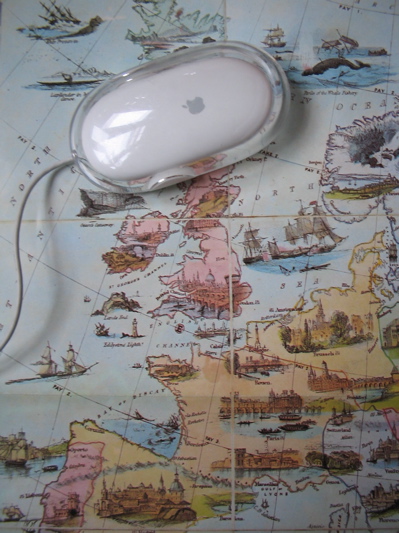A puzzle, spies ... and a beheading (4)
Spies and a Beheading
Unfortunately for Mary and Babington all their messages were being read by Sir Francis Walsingham, the ruthless Principal Secretary to Elizabeth and one of the most successful Spymasters ever. Gifford was his double agent - the method of exchanging messages had been Walsingham's idea all along. Each time he had a message to deliver, Gifford took it to Walsingham first, whose team of spies carefully opened the seal copied the contents redid the seal and sent it on its way. The encrypted messages were a little more of a problem, but Walsingham's codebreaker managed to break the cipher. The approach, called frequency analysis, that works for simple ciphers, involves using the frequency of letters in a message to guess which is which. For example the most common letter in English is E so the most common letter in an encrypted message is likely to be E. It is actually the way people nowadays solve crossword like code-puzzles know as Cross References that can be found in puzzle books and puzzle columns of newspapers (try one). It can also be used to help people who are paralysed (see the story about being Locked-in). Walsingham now had the key that allowed them to read even encrypted messages.

When they read Babington's letter they had the evidence to hang him, but let the letter continue as when Mary replied, they finally had the excuse to try her too. Up to that point (for the 18 years of her house arrest) Elizabeth had not had strong enough evidence to convict Mary - just worries. Walsingham wanted more though, so he forged the note asking for the names of other plotters and added it to the end of one of Mary's letters, encrypted in the same code. Babington fell for it, and all the plotters were arrested. Mary was tried and convicted. She was beheaded on February 8th 1587.